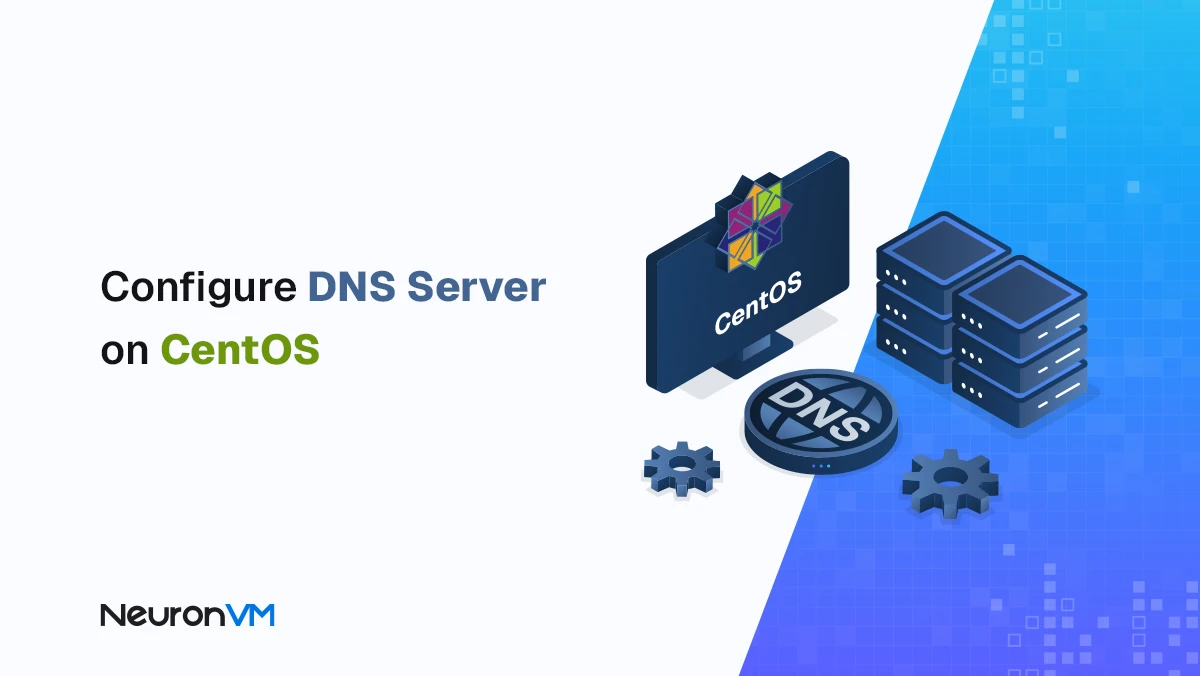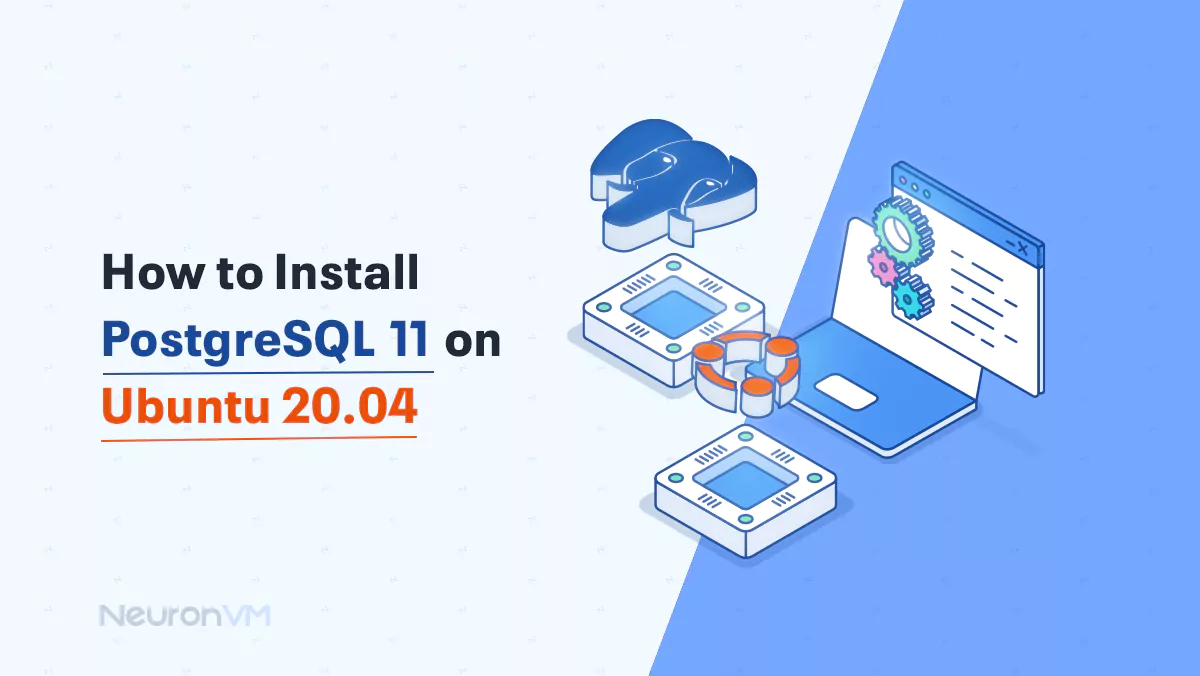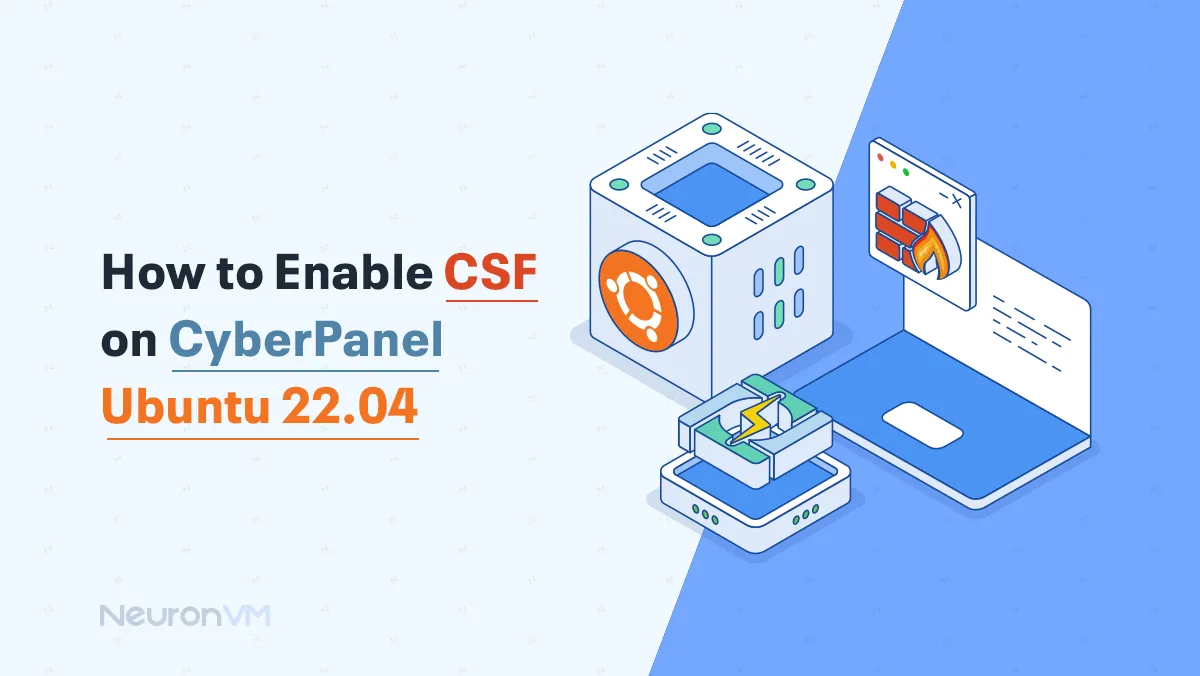How to Install FFmpeg on Linux Server (Step-by-Step)
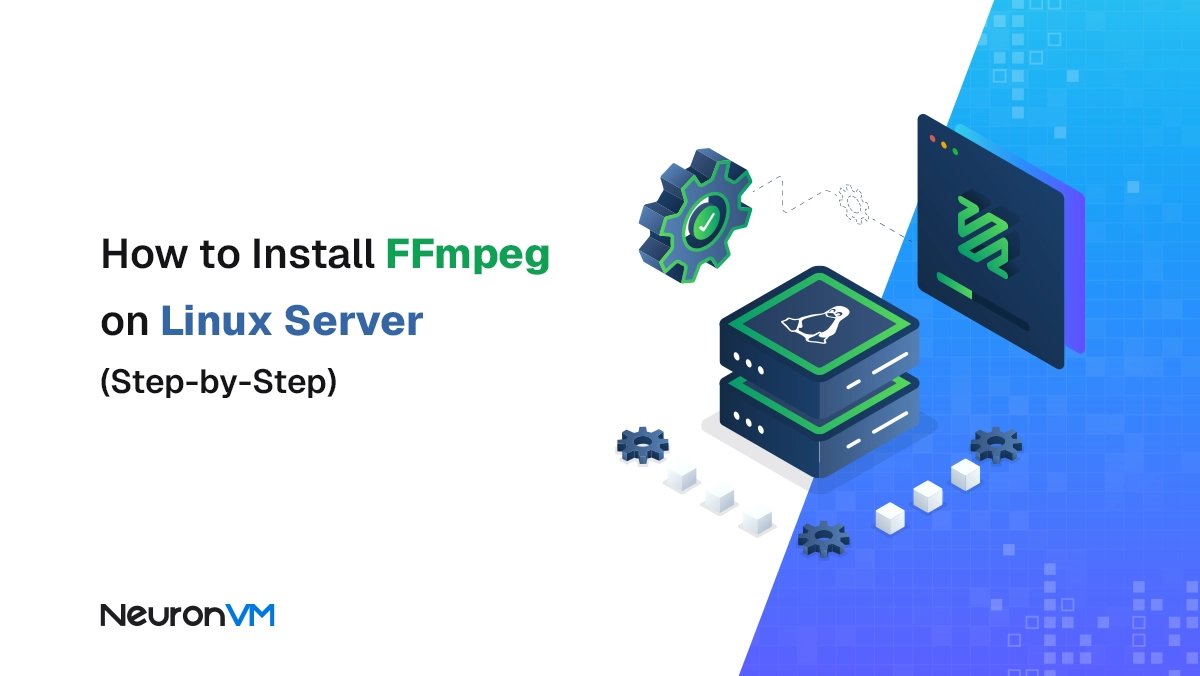
 10m
10m
 0 comments
0 comments
If you work with audio, video, or any type of media files on your server, FFmpeg is an essential tool, it’s free, open-source, and powerful, letting you convert, compress, and record audio and video in almost any format you can think of, instead of just being ” another media problem” FFmpeg is the same behind-the-scenes engine trusted by YouTube, Twitch, and Netflix to process millions of videos every day, whether you’re running a video sharing platform, building a live streaming service, or managing a large collection of media files, FFmpeg gives you speed, control, and automation that regular desktop software simply can’t match, In this guide, I’ll walk you through installing FFmpeg step-by-step, but I’ll also share real examples of how it can save you hours of work, how it’s used by big streaming companies, and why media experts love it.
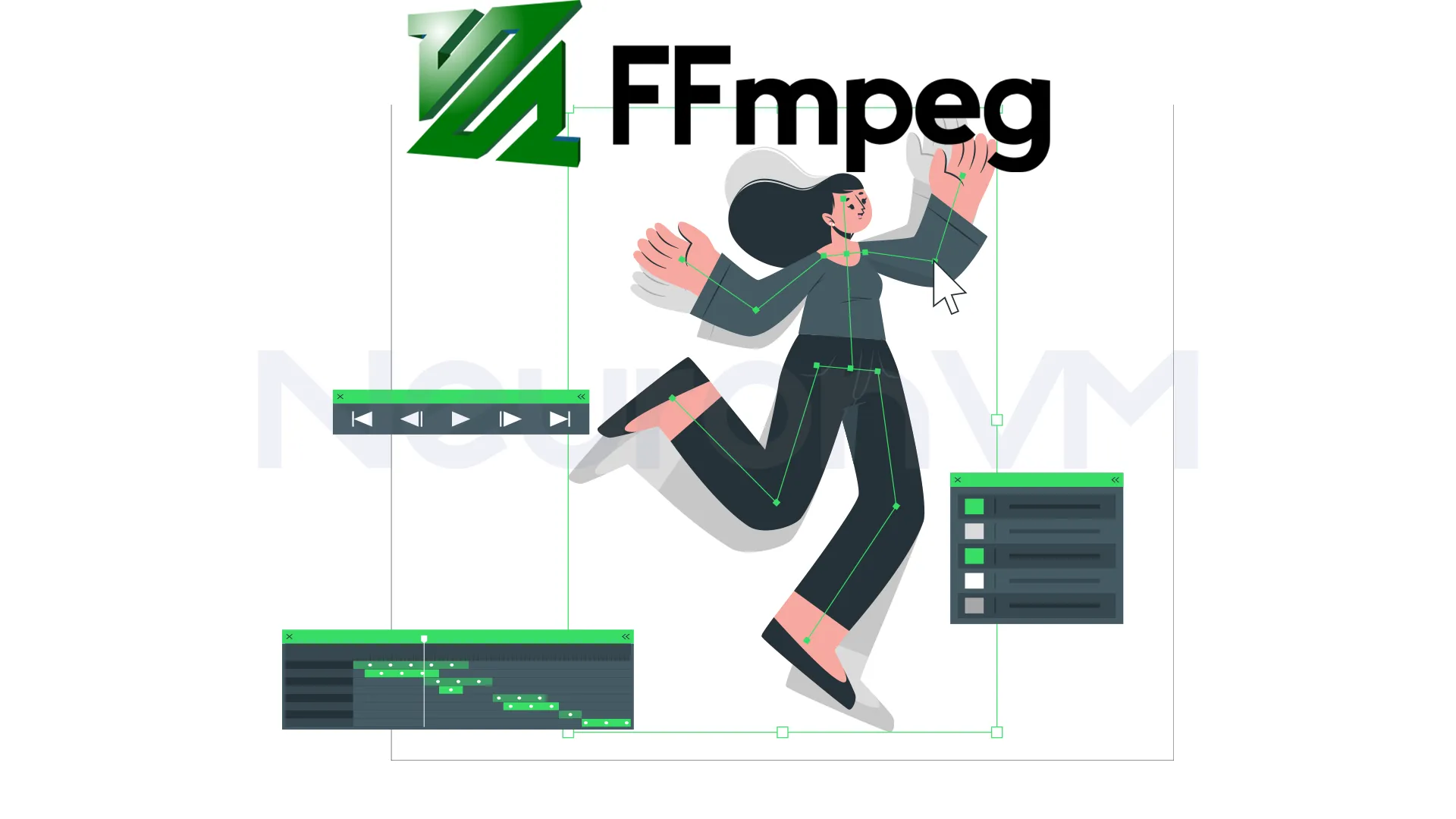
Why FFmpeg Is More Than Just a Media Converter
Most beginners see FFmpeg as a tool for converting files, but that’s just a small part of what it can do, in fact, if you’ve ever watched a live sports stream, chances are FFmpeg was quietly working in the background to keep the video smooth and on time, in real media work, FFmpeg is a key tool used by sites like YouTube, Vimeo, and even live TV news channels, here’s why professionals and developers rely on it:
- Do big jobs automatically: Change hundreds of files at once with just one command.
- Stream: Send live video to YouTube or your own site without delays.
- Make videos faster to load: Make many videos smaller to save space and load faster.
- Hard to open files: Open or repair unusual media files that other programs can’t.
- Add it to your apps: Add FFmpeg to your own software using its tools and connections.
Real Example: A sports streaming company uses FFmpeg to record games, cut highlights in minutes, and post them on social media, all without anyone having to edit them by hand, Thei editor says, “What used to take a full team now happens automatically while the match is still going.”
Step 1:Make Sure you have Server Access
Before starting, check that you:
Can log into your server using SSH.
Are logged in as the root user (check your hosting provider’s email for details if you’re unsure).
Being the root lets you install programs without any problem, if you’re not sure how to use SSH, it’s worth spending 5 minutes learn, it will save you hours later.
Step 2: Add the EPEL Repository
FFmpeg isn’t in the default repositories, so we first add EPEL (Extra Packages for Enterprise Linux):
wget dl.fedoraproject.org/pub/epel/6/x86_64/epel-release-6-8.noarch.rpm
rpm -Uvh epel-release-6-8.noarch.rpm
If you’ve already installed EPEL, you can skip this, installing from EPEL ensures you get stable, tested packages rather than random builds that may cause errors.
Step 3: Install required tools and libraries
FFmpeg needs dependencies (extra programs) to compile and run properly:
yum install autoconf automake gcc gcc-c++ git libtool make yasm nasm pkgconfig zlib-devel
These ensure your system can handle video/audio processing without errors, think of them as the “building blocks” that FFmpeg needs to work properly, Without them, you might get errors halfway through.
Step 4: Download the Latest FFmpeg Version
We’ll grab the most up-to-date version from FFmpeg’s official GitHub:
git clone git://git.videolan.org/ffmpeg.git
Tip: Always get it from the official source; there are outdated versions floating around the web that can be missing security updates.
Step 5: Go Into the FFmpeg Folder and Configure
Move into the folder:
cd ffmpeg
As soon as you enter the directory, you can begin the configuration part of FFmpeg.
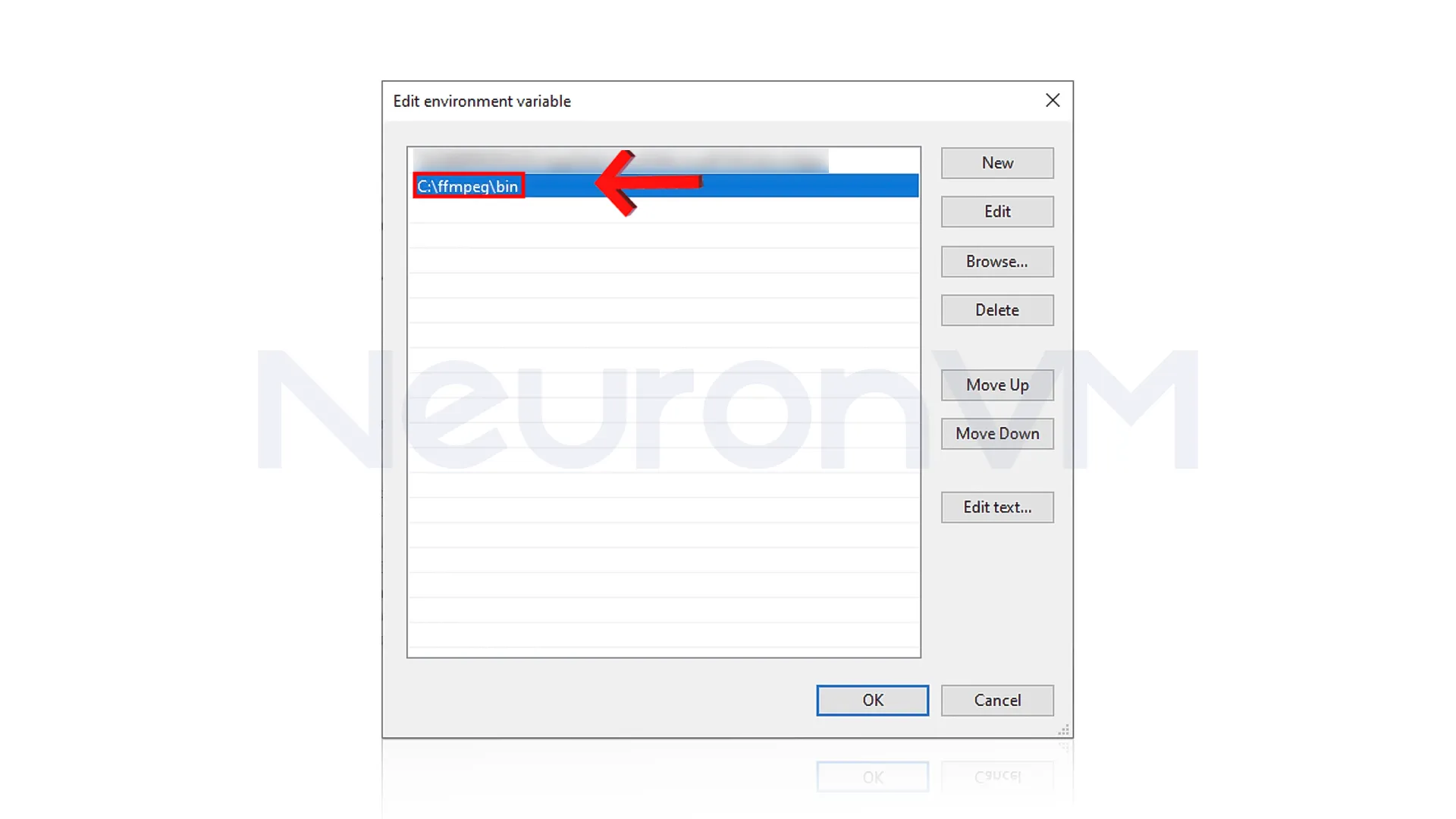
Configure FFmpeg with the codecs you need, for example:
./configure –enable-version3 –enable-libopencore-amrnb –enable-libopencore-amrwb –enable-libfaac –enable-libmp3lame –enable-libtheora –enable-libvorbis –enable-libx264 –enable-libxvid –enable-gpl –enable-postproc –enable-nonfree –enable-libvpx –extra-ldflags=-ldl
These options ensure FFmpeg can handle common formats like MP3, AAC, OGG, and MP4, If you’re planning for the future, you can also add new formats like AV1 for better streaming.

Step 6: Compile and Install FFmpeg
Compile FFmpeg:
make
Install it:
make install
This may take a few minutes, depending on your server’s power, I usually use this time to prepare test files so I can try FFmpeg right away once it’s installed.
Step 7: Test your Installation
Run:
ffmpeg
You should see version details and enabled codecs, confirming it’s ready to use.
Pro Tips: Getting the Most Out of FFmpeg
It’s a toolbox for videos and audio, learn a few tricks to change formats, cut clips
FFmpeg can make videos load quicker while looking nice by using better formats or lowering quality a bit.
FFmpeg can sometimes save videos that won’t play by copying good parts or making a new file.
YouTube and others use FFmpeg to prep videos for streaming.
Tip: FFmpeg seems tricky, but start small and check its website for help. Got a video problem? I’ll share easy fixes!
Conclusion
You’ve now installed FFmpeg on Linux server, but you also know how it can be a powerful part of professional media work, unlike many basic guides, this one gives you real examples, tips, and smart ways to use it so you can get the most from FFmpeg, Whether you make content, manage a server, or build software, FFmpeg can help you work faster, spend less, and have full control over your media, if you liked this, save it; you’ll probably come back to our website, to learn more tricks as your projects grow.
Yes, root access is required to install and configure FFmpeg properly.
Run "ffmpeg" in the terminal, it will show version info and supported features.
Yes, you can uninstall it manually if needed.


